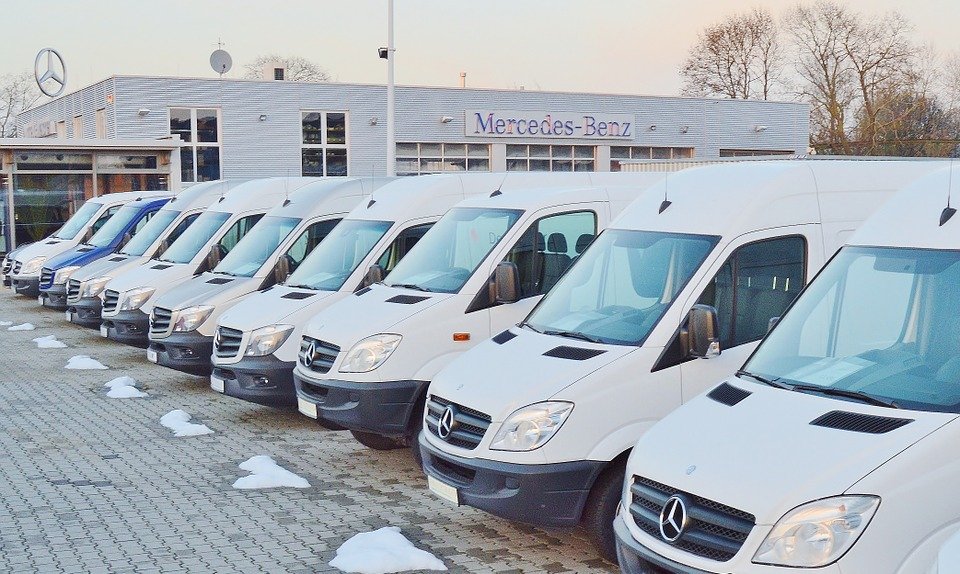
Sponsored article
Choosing between buying and leasing is often difficult. On the one hand, buying comes with higher monthly costs, but you end up owning an asset – your vehicle. On the other hand, leasing has lower monthly payments and allows you to drive a vehicle that may be more expensive than you could afford if you bought. But you get caught in a cycle where you never stop paying
Buying a vehicle through a conventional method like a car loan is fairly simple: you borrow money from a bank, cooperative savings and loan association or other lending institution and make monthly payments over a certain number of years. Part of each payment goes toward paying interest on the loan, and the rest is used to pay down the principal. The higher the interest rate, the higher the payment. You can keep the car as long as you want and treat it as well – or poorly – as you want. The only penalties for modification or abuse can be repair bills and lower resale value in the future. A loan calculator can help you choose.
As car prices rise , and buyers begin to demand the latest safety features that are only available on newer cars, leasing a vehicle has become a major alternative to buying. With leasing, buyers make a monthly payment to drive a new car for a set period of time. This payment is often less than the monthly cost of financing a new vehicle, but buyers must return the car at the end of the lease term.
With more people than ever working from home, lease mileage restrictions may not be a favorable factor for many buyers. On the contrary: many may find that they are not using the number of miles paid.
The predictability of payments and cost of ownership (no expensive repairs under warranty!) has its appeal. But life can be unpredictable, as we all learned in 2020, and leasing is less flexible than buying.
To find out if leasing or buying is right for you, we’ll look at the pros and cons. Aside from that, if you want to see how leasing is priced a calculator will be a great tool.
On the surface, leasing can be more attractive than buying. The monthly payments are usually lower because you are not paying back any capital. Instead, you simply borrow and pay back the difference between the car’s value when new and the car’s residual value – its expected value at the end of the lease – plus finance charges.
While leasing may seem attractive, there are a number of disadvantages:
(Photo: pixabay.com)